
The A horizon is the youngest, uppermost layer of the soil horizon. It is often dark in color and contains large amounts of humus.
- Subject:
- Science
- Provider:
- Utah Education Network
- Author:
- Visual Learning Company
- Date Added:
- 02/28/2010

The A horizon is the youngest, uppermost layer of the soil horizon. It is often dark in color and contains large amounts of humus.
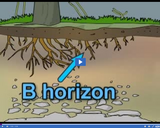
The B horizon is the middle of the three layers of soil and contains less humus than the A horizon.

The C horizon is the bottom layer in the soil profile. It consists of partially weathered rock and has a composition similar to the bedrock, which underlies it.
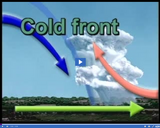
In a cold front, a cooler, denser air mass moves into and under a warmer, less dense air mass.

When two air masses meet, a boundary, called a front, is formed.
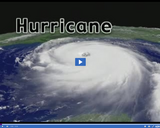
Hurricanes are large, swirling storms centered around very low pressure. They form over warm, tropical waters near the equator, typically from June to November.
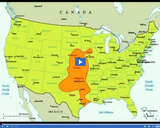
Approximately 75% of the world's reported tornadoes occur in the United States, with the majority occurring in an area called tornado alley.
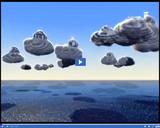
Hurricanes get their energy from moisture evaporating off warm, ocean waters. As this air rises, clouds form and more and more air is drawn into the system. As the storm system builds, winds begin to spin in toward the areas of low pressure.
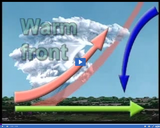
A warm front is formed when a less dense warm air mass meets and moves over a denser, cooler air mass.

A wave is a disturbance that moves energy through a solid, liquid, or gas.

Frequency is the number of complete waves that pass a point in a certain period of time.

The intensity of a sound wave is the amount of energy a wave carries through an area per second.